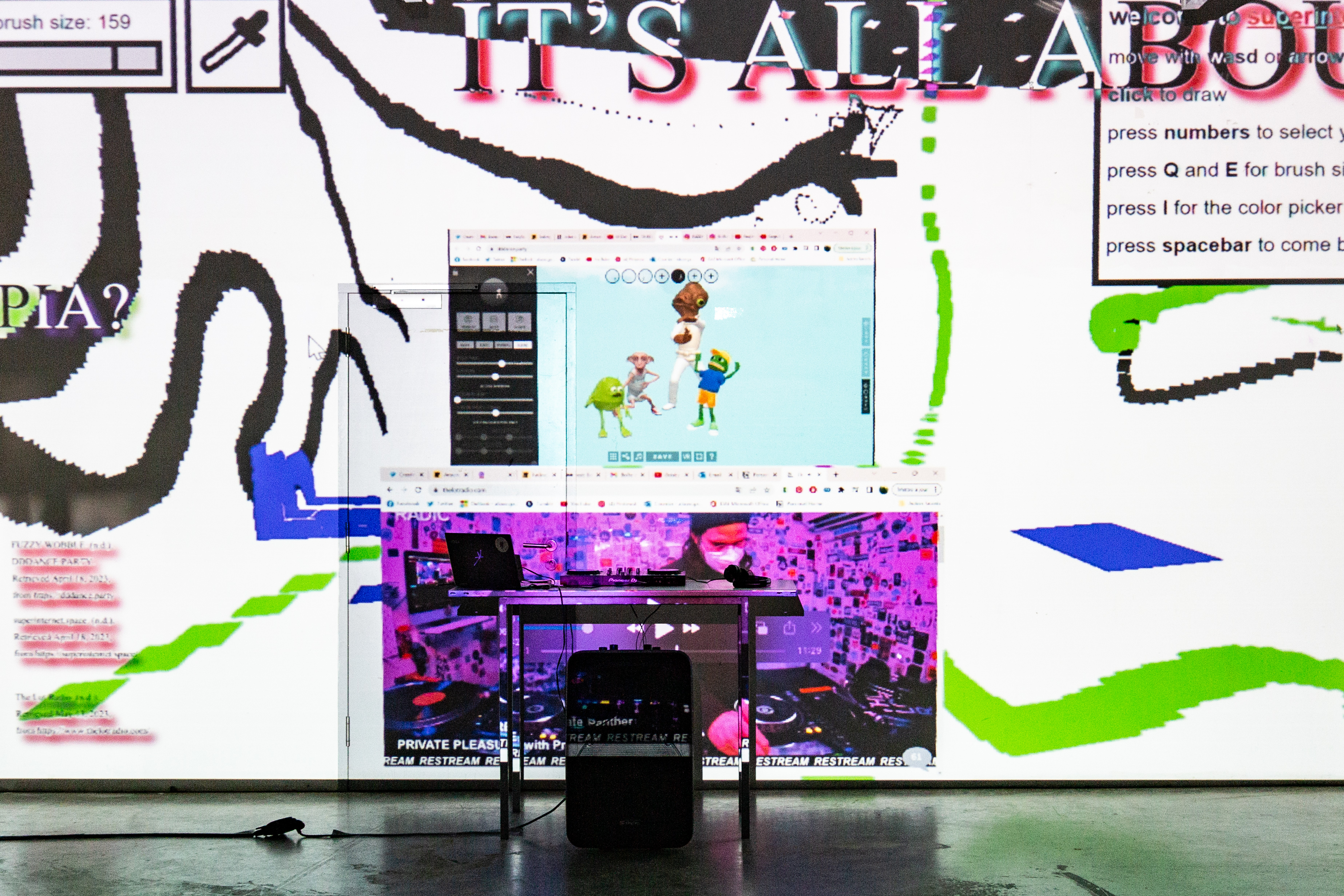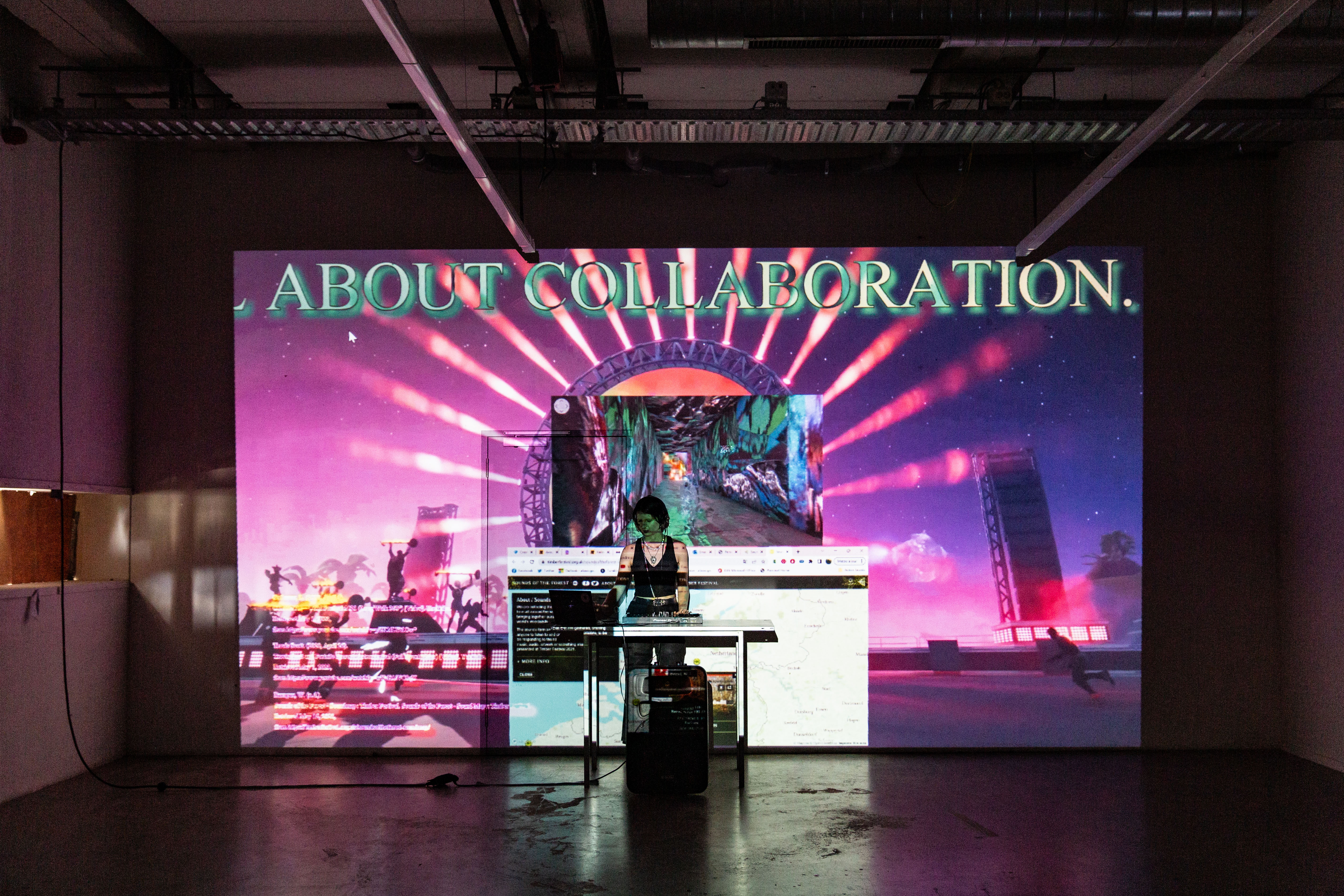Most clubs today prioritize dancing over everything else, with the DJ booth as the main attraction on the dance floor, featuring lights, stage effects, and loud music. Accordingly, the user is drawn to the DJ as the main act. However, after years of isolation, it seems important to reclaim what clubs were originally meant for in the 80s: creating social connections and a strong sense of community. This could lead to a more social, inclusive, and political way of partying together.
To further explore this idea, we have been focusing on the relationship between the DJ booth and the visitors, exploring the power structures implied by this item on the dance floor (both physical and broadcasted). We have also collected DJ booths from different times and places, noting down and drawing observations to understand the DJ booth as a space of labor (even though it is rarely designed that way).
By creating a "Diamond Space" for raving, which is a social and inclusive environment where people can dance, celebrate and connect with each other and by examining the relationship between the DJ booth and the visitors, we can create a new vision for clubbing that goes beyond just dancing.



